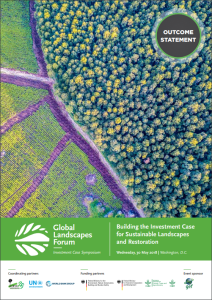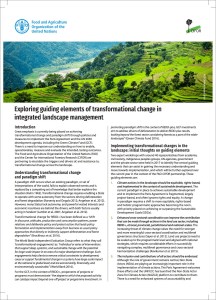Direct and indirect loss of natural habitat due to built-up area expansion: A model-based analysis for the city of Wuhan, China
Urbanization has been responsible for the loss of cropland worldwide, especially in China. To guarantee national food security, China has implemented a series of policies to protect cropland. One of these policies requires that one-hectare cropland should be reclaimed when urban expansion occupies one-hectare cropland. Since most cropland reclamation leads to a conversion of natural habitat, such as wetland and grassland, urban expansion may lead to (indirect) natural habitat loss in addition to direct loss from conversion of into urban area.







